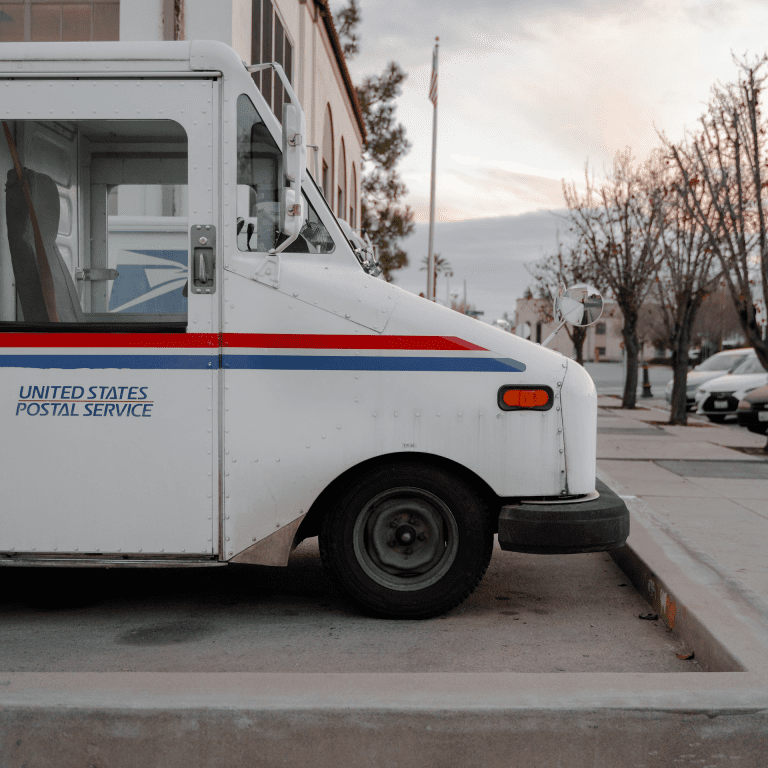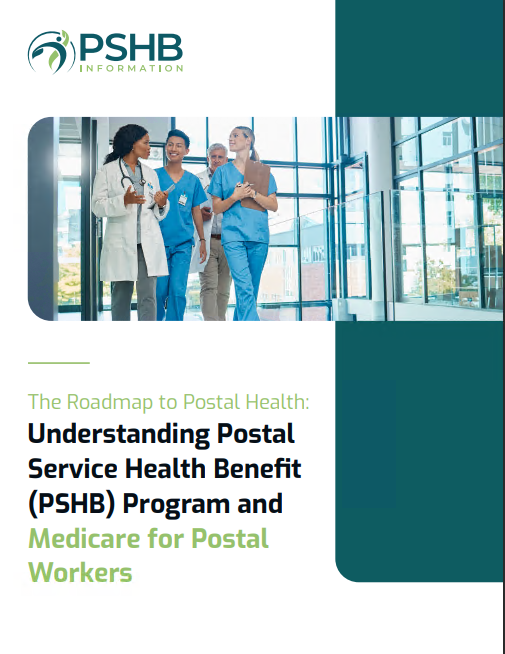Key Takeaways:
-
PSHB provides comprehensive family coverage tailored to postal workers, ensuring health care needs are met for all eligible dependents.
-
Understanding eligibility, enrollment rules, and coordination with Medicare is crucial for making informed decisions about your family’s coverage.
Navigating Family Coverage with PSHB in 2025
As a postal worker or annuitant, family health coverage is essential to safeguarding your loved ones’ well-being. With the transition to the Postal Service Health Benefits (PSHB) program, it’s important to familiarize yourself with the options, eligibility requirements, and timelines that shape family coverage in 2025. Whether you’re enrolling for the first time or making changes during a Qualifying Life Event (QLE), knowing your options ensures that you maximize the benefits available under PSHB.
Understanding Who Qualifies for Family Coverage
Family coverage under PSHB extends to a variety of eligible dependents, providing flexibility to meet your household’s unique needs. Knowing who qualifies can save you time and effort:
-
Spouse: Legally married spouses are eligible for PSHB coverage.
-
Children Under Age 26: Your biological, adopted, stepchildren, or foster children qualify until their 26th birthday. This applies regardless of marital or student status.
-
Disabled Dependents: Children over age 26 with a qualifying disability, dependent on you for support, are also covered.
Keep in mind that proof of eligibility is required during enrollment. Documents such as marriage certificates or birth certificates may be requested to verify dependents.
Timelines and Enrollment Windows
Staying aware of enrollment periods is key to maintaining uninterrupted coverage:
-
Open Season (Annual Enrollment): This period, which ran from November 11 to December 13, 2024, allowed you to select or modify your PSHB plan for 2025. Changes made during Open Season take effect on January 1, 2025.
-
Qualifying Life Events (QLEs): If you experience a QLE, such as marriage, divorce, birth of a child, or loss of other health coverage, you can update your PSHB enrollment. QLEs typically allow a 60-day window to make changes.
By staying proactive and marking these dates, you can ensure that your family’s health coverage aligns with your changing circumstances.
Coordinating with Medicare for Eligible Family Members
For families with Medicare-eligible members, understanding how PSHB integrates with Medicare is essential. The PSHB program requires certain annuitants and their family members to enroll in Medicare Part B to maintain coverage. Here’s how it works:
-
Mandatory Enrollment: If you or your spouse are eligible for Medicare Part B and retired before January 1, 2025, you must enroll to keep your PSHB plan. This also applies to dependents who qualify for Medicare.
-
Cost Savings: Enrolling in Medicare often leads to reduced out-of-pocket costs. PSHB plans coordinate benefits with Medicare to lower expenses like deductibles and coinsurance.
Take advantage of this integration to ensure comprehensive health care for all family members.
Plan Options Tailored to Family Needs
The PSHB program offers a variety of plans to fit diverse family situations. These plans differ in terms of premiums, coverage levels, and provider networks. While choosing the right plan, consider:
-
Provider Networks: Ensure that your preferred doctors, specialists, and hospitals are included in the plan’s network.
-
Coverage for Specific Needs: If a family member has chronic conditions or requires specialized care, select a plan that meets these requirements.
-
Cost Considerations: Evaluate the balance between monthly premiums, deductibles, and out-of-pocket maximums to find a plan that suits your budget.
Remember, no matter which plan you choose, PSHB ensures that your family’s basic health care needs are met.
Addressing Common Concerns about Coverage
Navigating family coverage often raises questions and concerns. Here are answers to common issues:
-
What happens if my child turns 26? Children lose eligibility for PSHB coverage at age 26 unless they have a qualifying disability. They may transition to their own health insurance or apply for a temporary continuation of coverage.
-
Can I cover my ex-spouse? No, former spouses are not eligible for PSHB coverage unless a court order specifically mandates it, such as in cases involving a divorce decree.
-
What if my dependent is moving to another state? Most PSHB plans offer nationwide coverage, but it’s crucial to check whether providers in the new location are in-network.
Special Considerations for Annuitants and Retirees
If you’re retired, your health coverage needs may differ from those of active employees. Here are specific aspects to consider:
-
Coordination with Medicare: Retirees and their eligible family members must enroll in Medicare Part B to continue PSHB coverage. This ensures access to additional benefits and lowers overall costs.
-
Prescription Drug Coverage: PSHB plans automatically provide Medicare Part D prescription drug benefits for Medicare-eligible enrollees, simplifying access to medications.
-
Premium Adjustments: Your monthly premiums may differ from those of active employees, so review your plan’s rates carefully.
Understanding these nuances helps retirees and their families maximize the benefits available through PSHB.
Tips for a Smooth Enrollment Process
Navigating the PSHB enrollment process doesn’t have to be overwhelming. Follow these tips for a seamless experience:
-
Gather Necessary Documents: Have documentation for all eligible dependents ready, including proof of marriage or dependency.
-
Review Plan Options Thoroughly: Take the time to compare plans, considering coverage levels, provider networks, and out-of-pocket costs.
-
Double-Check Deadlines: Ensure you meet enrollment deadlines, whether during Open Season or following a QLE.
-
Seek Assistance if Needed: Contact the PSHB support team or your benefits administrator for help with plan selection or enrollment issues.
By staying organized and informed, you can confidently navigate the enrollment process.
Making the Most of Your Family Coverage
To get the most value from your PSHB plan, consider these practical strategies:
-
Utilize Preventive Services: Most PSHB plans cover preventive care, such as immunizations, screenings, and annual check-ups, at no additional cost. Take advantage of these benefits to maintain your family’s health.
-
Stay In-Network: Using in-network providers reduces out-of-pocket costs. Confirm that your preferred healthcare providers are part of your plan’s network.
-
Understand Your Benefits: Familiarize yourself with your plan’s coverage details, including what services require prior authorization and how to file claims.
Being proactive about your family’s health care ensures that everyone benefits from the robust coverage PSHB provides.
Keep Your Coverage Aligned with Your Needs
Life changes can impact your family’s health coverage needs. Whether you’re experiencing a significant life event or simply planning for the future, regularly reviewing your PSHB plan is a smart move. By staying informed and adaptable, you can ensure that your loved ones are always protected.











